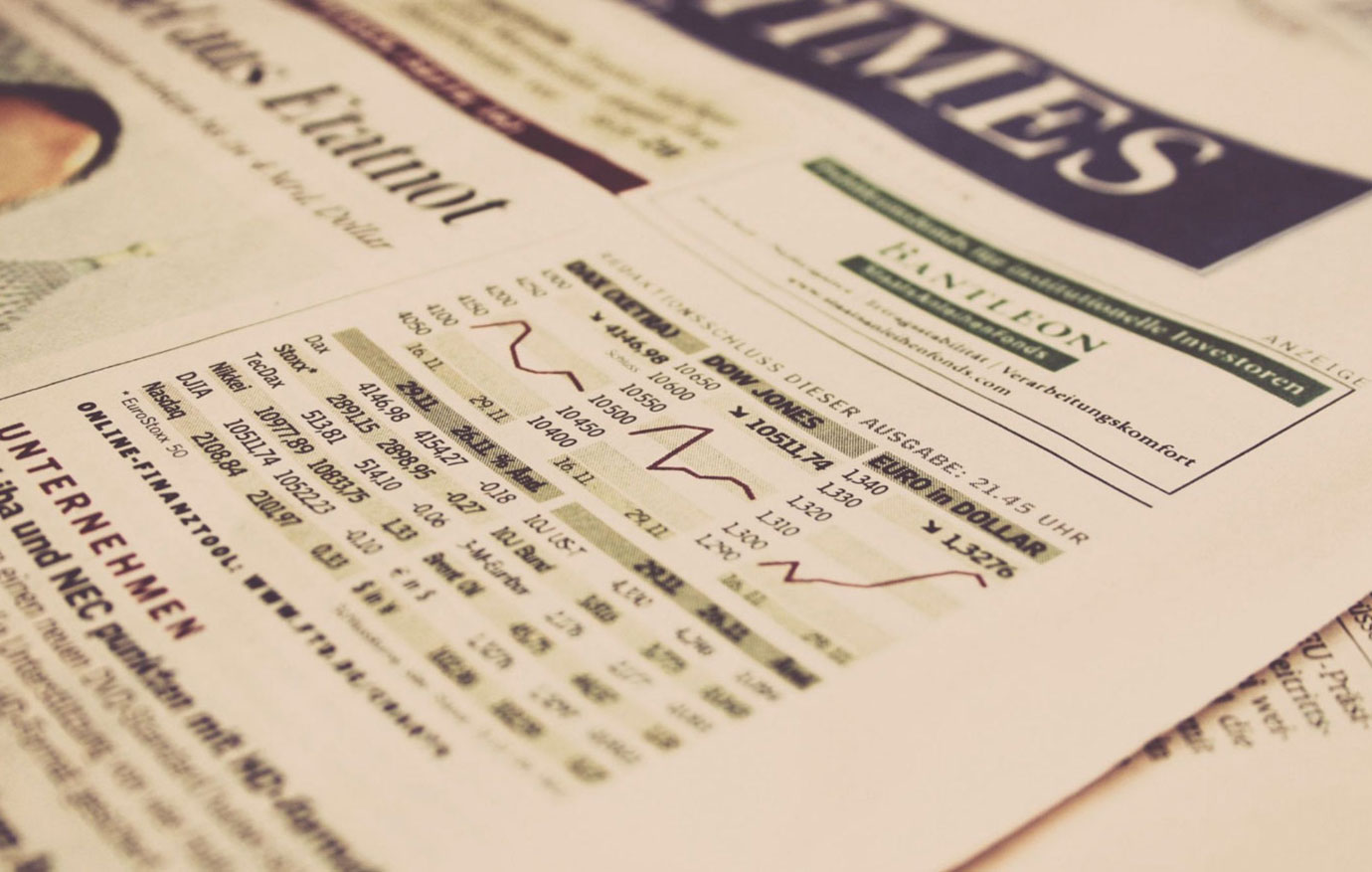
Why the Debt Ceiling Won’t Limit Debt or Spending
Not surprisingly, both houses of Congress approved another increase in the debt ceiling and have sent the bill to President Biden, who will most assuredly sign it. The bill raises the debt ceiling to $31.5 trillion. This debt ceiling is expected to last through the upcoming midterm elections so that incumbent elected officials don’t have to deal with it in their campaigns for reelection.
Here’s my prediction: none of the mainstream commentators who were screaming about the dire necessity of raising the debt ceiling will publish any articles or editorials calling for federal expenditures to be drastically reduced in order to meet the new debt ceiling a couple of years from now. On the contrary, they will ardently support current levels of spending and maybe even call for higher spending. In other words, now that they got another increase in the debt ceiling, it is back to business as usual, until a couple of years from now, when they will be, once again, desperately calling for another increase in the debt ceiling.
Taxes are imposed on people to pay for government expenditures. At the federal level, that’s what the income tax and the IRS are all about. Some federal expenditures are for legitimate purposes. Example: a federal judiciary which tries criminal cases and civil cases. Other expenses are illegitimate. Examples include welfare payments to others (e.g., Social Security, Medicare, Medicaid, and foreign aid), the drug war, assassinations, and foreign military adventures.
Ideally, the amount of taxes equal the amount of expenditures. But in a welfare-warfare state system, it never works out that way. That’s because welfare-warfare state expenses quickly begin to soar because more and more people want to go on the dole and because the military-intelligence complex is just as voracious.
As federal expenditures soar, income taxes can be raised to cover the additional expenditures. But rising taxes produce anger among the citizenry. That’s the last thing federal officials want to deal with, especially before elections.
So, they just borrow the money and go into debt to cover the additional expenditures. At the end of the year, the government now owes money to creditors.
That debt must be paid off. But there is only one way to pay it off—raise taxes to a level where they cover current expenditures plus pay off the accumulated debt.
But again, public officials know that raising taxes is going to cause anger and resentment among voters. So, instead of paying off the debt, they just pay the interest on it and roll it over for another year. At the same time, however, they borrow again to do the same thing. Thus, at the end of year 2, the debt has increased.
This goes on year after year, with the total amount owed increasing exponentially. Today, the federal debt stands at $29 trillion and climbing. That amounts to $229,706 per taxpayer. That’s a lot of money that is owed. And get this: the debt doesn’t include Social Security and Medicare obligations, which amount to around another $2.3 trillion. To get a good shock at all this, see www.usdebtclock.org.
The debt ceiling is an acknowledgment that too much debt is a very bad thing. After all, if too much debt was a good thing, there wouldn’t be a need for debt ceiling. They could just keep borrowing and increasing the amount the government owes to their heart’s content. The debt ceiling says: You will not be permitted to accumulate more than X amount of debt because it is bad and dangerous.
When the debt ceiling is reached, that’s it. No more new debt. At that point, the government must slash expenditures or raise taxes so that tax revenue equals expenditures. In other words, no more borrowing and, therefore, no more new debt.
But as we have seen over the decades, it never works out that way. That’s because public officials, with the full support of and even pressure from the mainstream press, continue to simply raise the debt ceiling to a new, higher level. That means, as a practical matter, that there is no limit on the amount of debt federal officials are permitted to accumulate. They are free to spend and borrow to their heart’s content.
Ultimately, however, the day of reckoning arrives. The government has accumulated so much debt that it is unable to cover interest payments on the debt as well as pay off its other ever-growing welfare-warfare expenditures. That’s what happened to countries like Venezuela and Greece. They essentially have gone bankrupt.
But there is another factor to consider: the Federal Reserve, America’s central bank. From its inception, its job has been to pay off the debt and cover excess expenditures with newly printed paper money. That’s why the Roosevelt administration in the 1930s canceled America’s constitutional system of a gold-coin standard and made it illegal to own gold. FDR knew that with a paper-money standard, federal officials would be free to spend and borrow to their heart’s content since the Federal Reserve could just print the money to cover the rising expenditures and rising debt.
Thus, over the decades, the Fed has been expanding and inflating the money supply to accommodate all this massive spending and debt. As the Fed would do this, people’s money would buy less, which would be reflected by rising prices across the board.
Over the decades, the advantage to federal officials was that very few people understood that the reason prices were rising was because the Fed was debasing their money through inflationary expansion. Federal officials would tell people that the rising prices were due to rapacious, profit-seeking business owners. People bought into it, which is why they supported things like wage and price controls.
You see the same phenomenon today when many people are blaming rising prices on supply-chain problems and other non-Fed-related activities. The last thing many people, including even college economics professors, suspect is that the Federal Reserve is, once again, debasing the money through inflationary expansion.
A stopgap solution to this fiscal and monetary morass is to slash expenditures so that there is no new debt. In other words, enforce the previous debt ceiling. The ideal permanent solution, however, is to dismantle America’s welfare-warfare state system, along with the income tax and the vicious IRS, restore America’s founding system of a limited-government republic, implement a free-market monetary system, and end the Fed.



